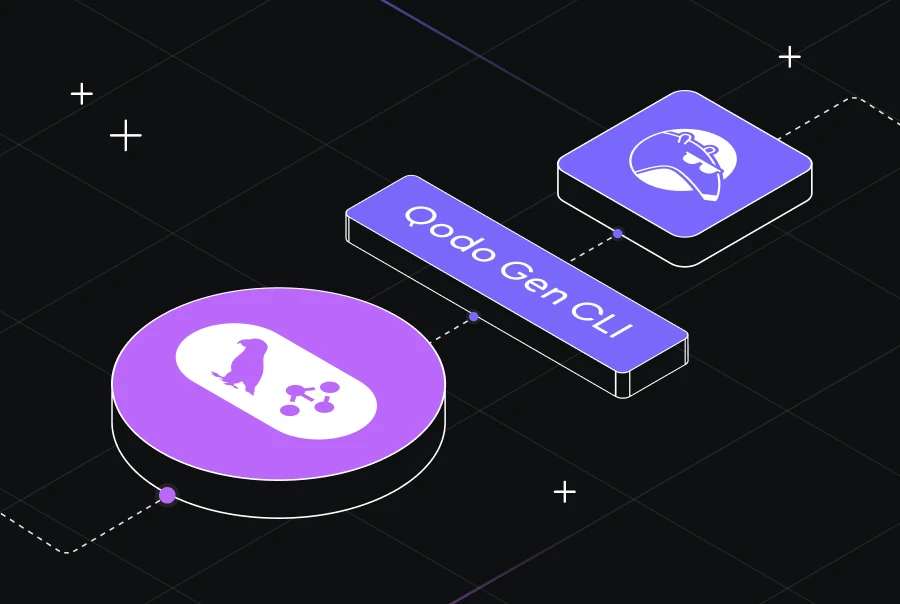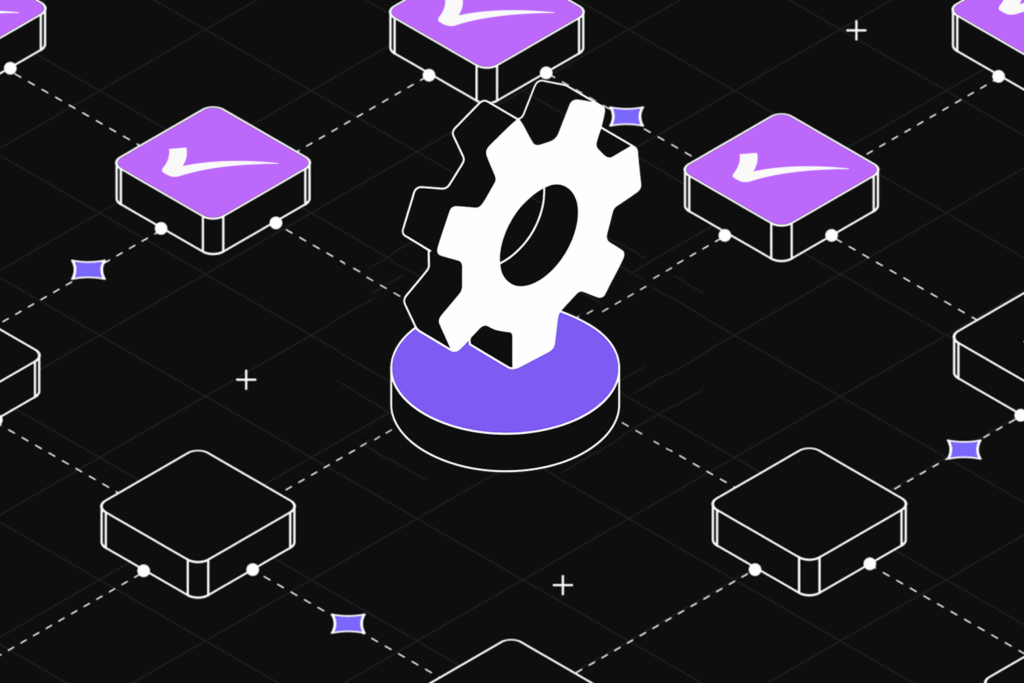Why We Chose LangGraph to Power Qodo’s Agentic Workflows


When we introduced Qodo Gen IDE (extensions), we shared how LangGraph’s composable graph architecture helped us build a powerful, agentic IDE experience. With the launch of Qodo Command, we’re taking things further — automating the entire software development lifecycle (SDLC) from the command line.
We chose LangGraph once again – not just to improve development speed, but to serve as the foundational engine behind the Qodo Command, which is designed entirely around agents that automate tasks end to end. Here’s how LangGraph helped us ship Qodo Command faster, smarter, and more flexibly.
1. Running Agents Across the Entire SDLC
One of the key goals of Qodo Command is agentic continuity: developers should be able to trigger, inspect, and resume agent workflows from anywhere – whether it’s CI, a terminal, or a web UI.
LangGraph made this possible.
Because LangGraph provides both TypeScript and Python SDKs, we could keep data structures consistent across different environments. This made it easy to build a unified backend interface that seamlessly handles both CLI interactions and long-running agent sessions, enabling scenarios like:
- Start in CI, continue in the browser: Developers can trigger an agent automatically during a GitHub Action, then debug it interactively in the Qodo Web UI.
- Maintain session state across environments: Whether you launch an agent from terminal, CI, or webhook, you can pick it up exactly where you left off.
This SDLC-wide orchestration is at the heart of Qodo Command’s promise: turning every tool into an agentic environment. LangGraph was the connective tissue that made that vision technically feasible.
2. Building New Products on Top of Existing Infrastructure
LangGraph’s composable architecture gave us a major advantage: reuse without compromise.
We started with the engine we had already developed for Gen IDE – including capabilities like code analysis, summarization, and security scanning – and were able to reuse those nodes as building blocks within the CLI. LangGraph’s graph structure allowed us to split, extend, and repurpose the graph without rewriting it from scratch.
This enabled two major accelerations:
- Faster product development: We built the CLI interface and agent orchestration in a fraction of the time, since much of the graph logic was already proven in production.
- Shared intelligence across interfaces: For example, a summarization node that was developed for the agentic flow in the IDE is now also being used in the CLI. LangGraph made this cross-product reuse seamless.
Thanks to LangGraph, our CLI didn’t start from zero – it started from a mature, modular system we knew worked.
Closing Thoughts
Qodo Command isn’t just a new product. It’s a new chapter in how we think about development automation. By choosing LangGraph again, we doubled down on flexibility, speed, and cross-surface intelligence — and we’re already seeing the payoff.
Whether you’re running agents in your terminal, debugging in the browser, or orchestrating workflows across your stack, LangGraph helped us build a system that feels seamless. And this is just the beginning.
Ready to go agentic?
Install Qodo Command and see what it can do for your workflow:
npm install -g @qodo/gen
Docs: https://docs.qodo.ai/qodo-documentation/qodo-gen-cl

